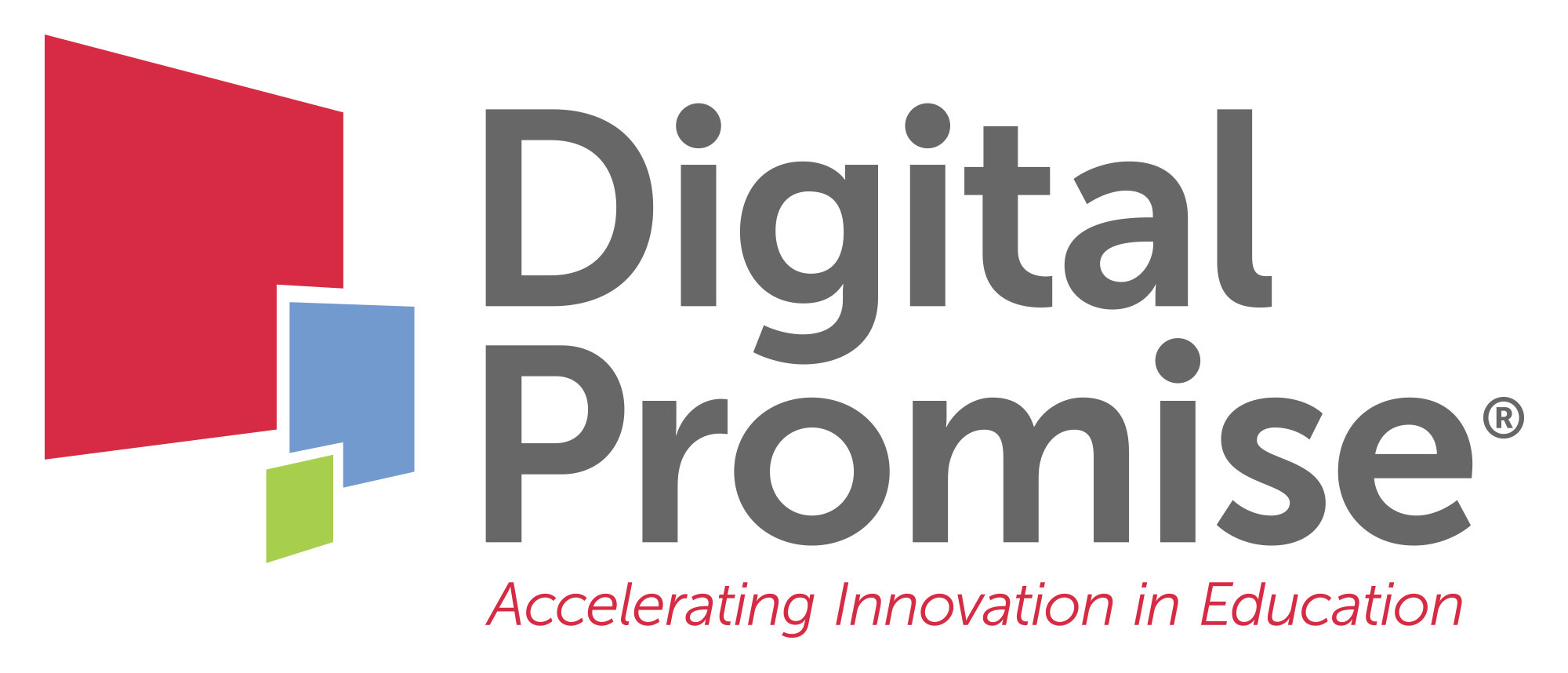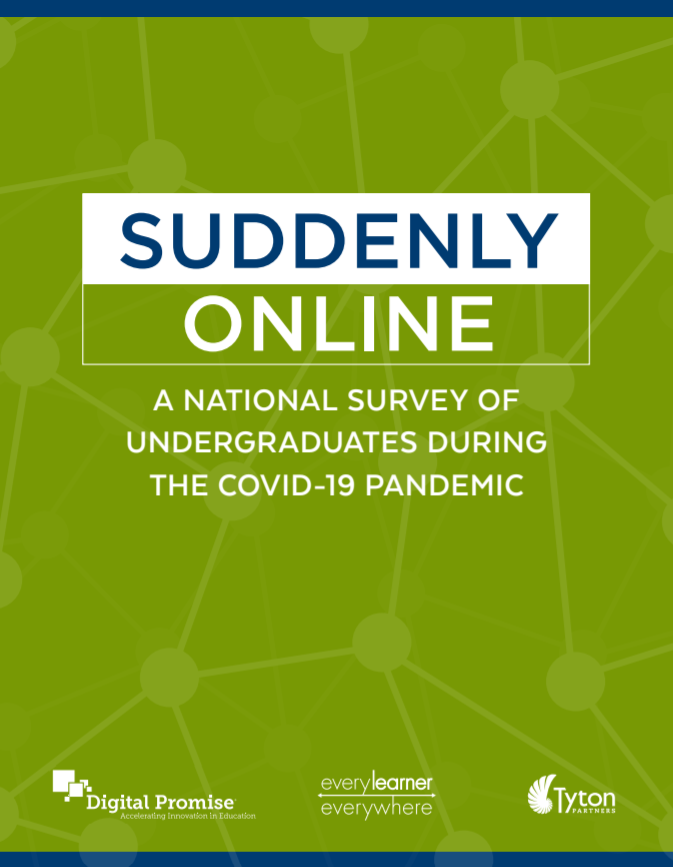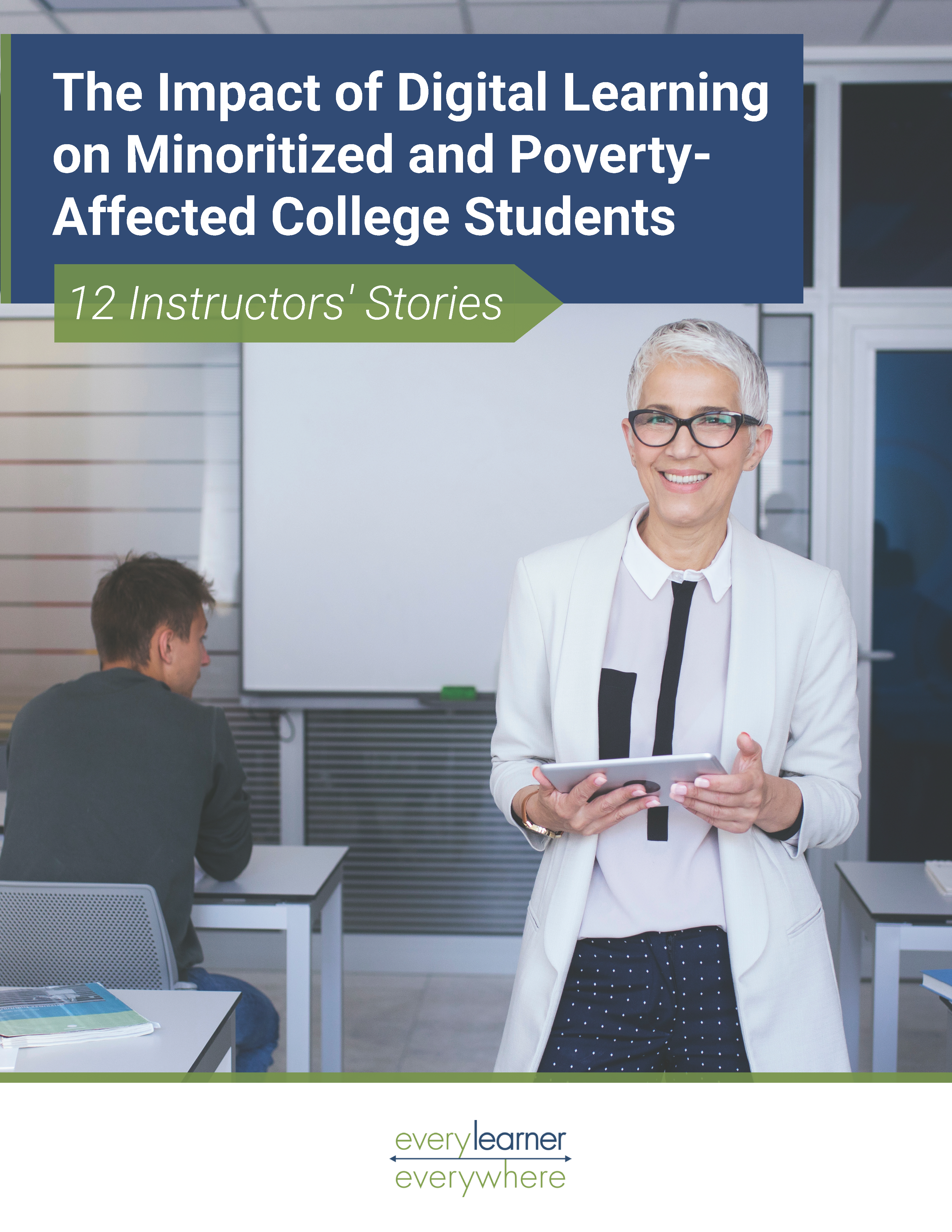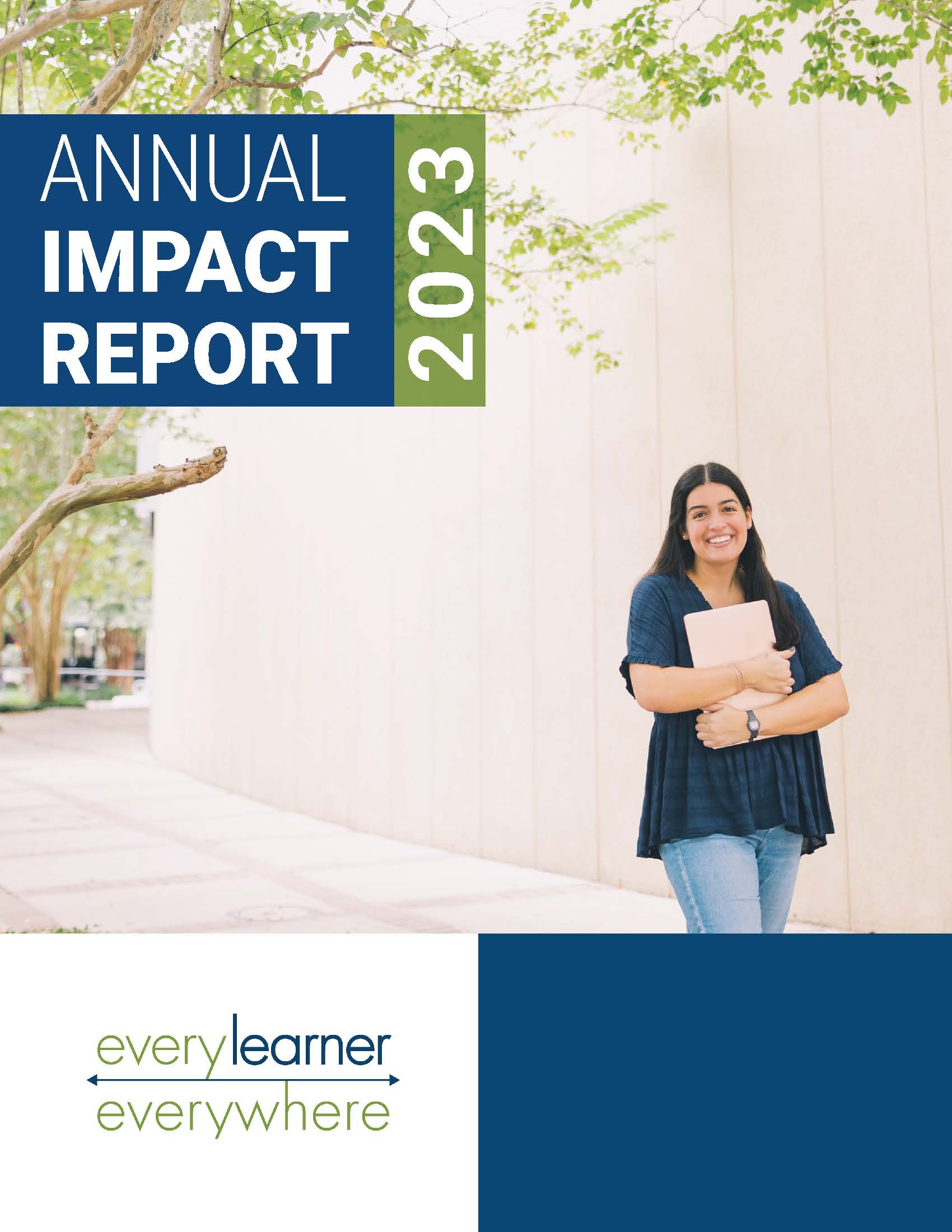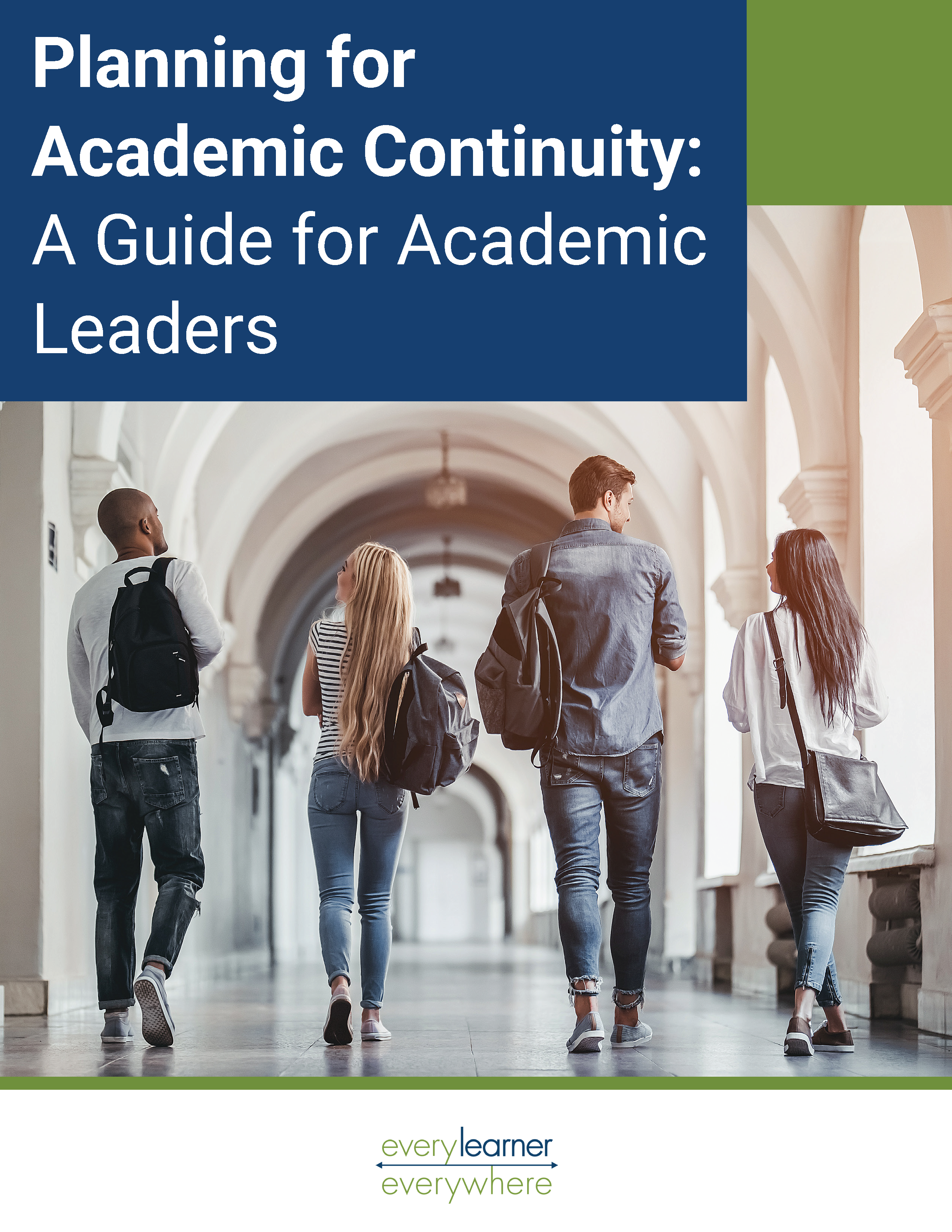College students’ satisfaction dropped sharply after schools shifted to all-online courses during the COVID-19 pandemic. Undergraduate students struggled to stay motivated and missed receiving feedback from instructors and collaborating with fellow students. Significant numbers of students had problems with their internet connections, software, or computing devices—serious enough to impede their participation in their courses. Still, most students did not attribute their struggles to poor instructor preparation or limitations inherent in online learning. Moreover, online courses that used a larger array of recommended online teaching practices had much higher student satisfaction levels than the courses that used fewer of them. This report describes these and other results from Digital Promise’s national, random-sample survey of more than 1,000 college students whose coursework moved suddenly from in-person to completely online this spring.
Download ReportRecommended Citation
Means, B., and Neisler, J., with Langer Research Associates. (2020). Suddenly Online: A National Survey of Undergraduates During the COVID-19 Pandemic. San Mateo, CA: Digital Promise.
Other Related Resources
August 2024
In this new resource, 12 instructors from a variety of two-year and four-year institutions share their experiences adopting digital learning tools to promote equity and improve learning outcomes for historically marginalized and under-resourced students. Their narratives highlight successes as well as bumps in the road as they implemented digital learning tools into their teaching.
February 2024
In this report, you can read about the network’s impact in the areas of services, thought leadership, and student engagement. In addition, we recap our 2023 network convening, introduce our new Equity First Organization partners, feature some of our student interns, and give readers a preview of what’s ahead for the network in 2024.
August 2023
This guide presents results from an analysis of 100 academic continuity plans at U.S. colleges and universities. The results form the basis for recommended academic continuity plan best practices, tools, and templates academic leaders can use to maintain a plan that can be used in both short-term and long-term circumstances.


